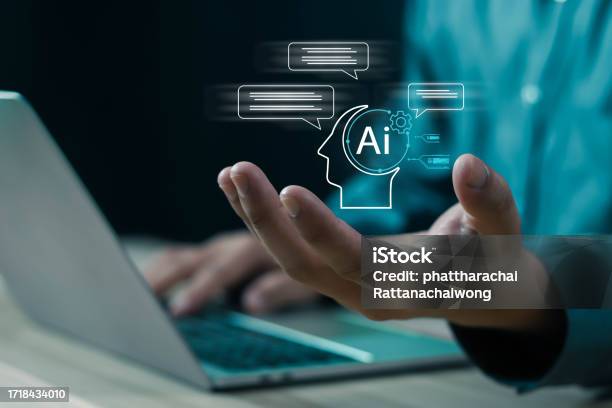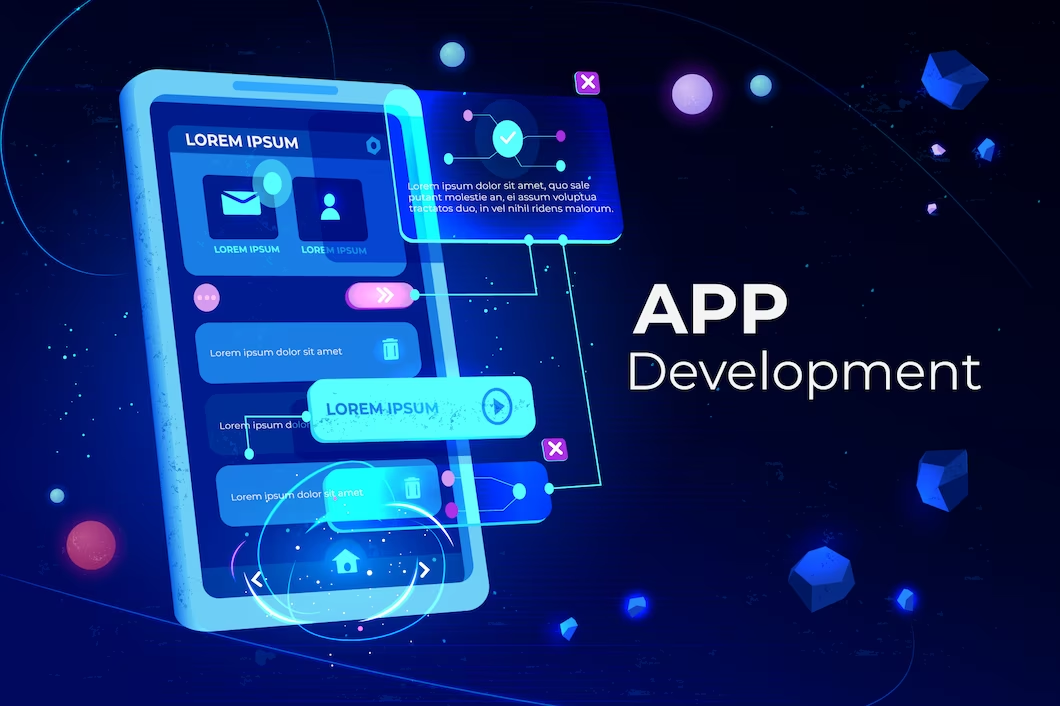In recent years, the intersection of blockchain technology and gaming has given rise to a revolutionary concept – crypto gaming coins. These digital assets, built on decentralized networks, are reshaping the gaming industry by introducing novel economic models, ownership structures, and gameplay experiences. This article explores the programming technology that underlies crypto gaming coins, delving into the blockchain, smart contracts, and consensus mechanisms that power these virtual economies.
I. Blockchain Technology in Crypto Gaming
At the heart of every crypto gaming coin is blockchain technology, the decentralized and distributed ledger that forms the foundation of cryptocurrencies. Blockchains provide an immutable record of transactions, ensuring transparency and security within the gaming ecosystem. The key features of blockchain technology in crypto gaming include:
- Decentralization: Traditional gaming economies are often controlled by centralized entities, but blockchain-based systems distribute control among participants. This decentralization eliminates single points of failure, enhances security, and fosters a trustless environment.
- Transparency and Immutability: Every transaction within a crypto gaming ecosystem is recorded on the blockchain, providing an immutable and transparent history of in-game activities. This not only ensures fair play but also establishes a clear ownership record for in-game assets.
- Cryptographic Security: Blockchain networks employ cryptographic techniques to secure transactions, preventing fraud and ensuring the integrity of the gaming ecosystem. Private keys, public keys, and cryptographic hashes play a crucial role in securing user assets and maintaining the overall integrity of the system.
II. Smart Contracts: The Building Blocks of Decentralized Gaming
Smart contracts are self-executing contracts with the terms of the agreement directly written into code. In the context of crypto gaming coins, smart contracts enable the creation of programmable assets, decentralized applications (DApps), and sophisticated in-game mechanics. The programming technology behind smart contracts includes:
- Turing Completeness: Smart contracts are Turing complete, meaning they can perform any computation that a Turing machine can. This flexibility allows developers to implement complex gaming logic, creating innovative and dynamic gameplay experiences.
- Token Standards: Standards like ERC-20 and ERC-721 have become integral to the development of crypto gaming coins. ERC-20 tokens represent fungible assets, such as in-game currency, while ERC-721 tokens represent non-fungible assets like unique in-game items. These standards ensure interoperability and compatibility across different platforms and games.
- Decentralized Autonomous Organizations (DAOs): Smart contracts facilitate the creation of DAOs within crypto gaming ecosystems. These DAOs can be used for decentralized governance, allowing players to collectively make decisions about the development and direction of the game.
III. Consensus Mechanisms: Ensuring Security and Fairness
Consensus mechanisms are crucial for maintaining the integrity of the blockchain and ensuring that all participants agree on the state of the system. Different blockchains employ various consensus mechanisms, each with its strengths and weaknesses. In the context of crypto gaming coins, notable consensus mechanisms include:
- Proof of Work (PoW): Although energy-intensive, PoW is the original consensus mechanism used by Bitcoin. It requires participants (miners) to solve complex mathematical puzzles to validate transactions and create new blocks. While secure, PoW has scalability challenges and environmental concerns.
- Proof of Stake (PoS): PoS selects validators to create new blocks based on the amount of cryptocurrency they hold and are willing to “stake” as collateral. This mechanism is more energy-efficient than PoW and encourages participants to have a vested interest in the network’s security.
- Delegated Proof of Stake (DPoS): DPoS introduces a democratic element by allowing coin holders to vote for a limited number of delegates who are responsible for validating transactions and creating new blocks. This system aims to improve efficiency and scalability.
IV. Challenges and Future Developments
While the programming technology behind crypto gaming coins has opened new horizons for the gaming industry, it is not without challenges. Scalability, user experience, and regulatory considerations remain focal points for developers and stakeholders. Additionally, as the industry continues to evolve, new programming paradigms, consensus mechanisms, and token standards may emerge to address these challenges.
- Scalability: As crypto gaming ecosystems gain popularity, scalability becomes a significant concern. Traditional blockchains, such as Ethereum, face limitations in transaction throughput and speed. Solutions like layer 2 scaling and alternative blockchains (e.g., Binance Smart Chain, Polygon) aim to address these scalability issues.
- User Experience: Improving the user experience is essential for mass adoption of crypto gaming coins. Solutions like decentralized identity, layer 2 scaling solutions, and user-friendly wallets aim to make the onboarding process smoother and enhance the overall gaming experience.
- Regulatory Considerations: The intersection of gaming and cryptocurrency introduces regulatory complexities. Governments and regulatory bodies are actively exploring frameworks to address legal, tax, and consumer protection aspects of crypto gaming. Striking a balance between innovation and compliance will be crucial for the sustained growth of the industry.
- Integration of Emerging Technologies: The future of crypto gaming coins may involve the integration of emerging technologies such as virtual reality (VR), augmented reality (AR), and artificial intelligence (AI). These technologies have the potential to redefine the gaming experience, creating immersive and intelligent virtual worlds.
Conclusion
The programming technology behind crypto gaming coins represents a paradigm shift in the gaming industry. Blockchain, smart contracts, and consensus mechanisms form the backbone of decentralized gaming economies, offering new possibilities for ownership, interoperability, and player engagement. As the industry addresses scalability challenges, enhances user experience, and navigates regulatory landscapes, the future of crypto gaming coins holds exciting prospects for both developers and players alike. The journey towards a decentralized gaming future has just begun, and the evolution of programming technology will continue to shape this transformative intersection of blockchain and gaming.




